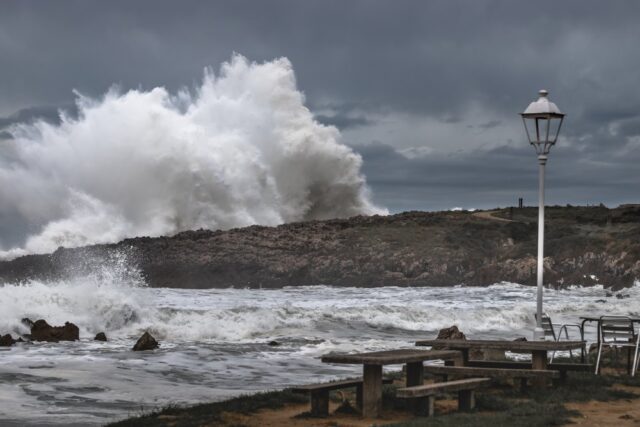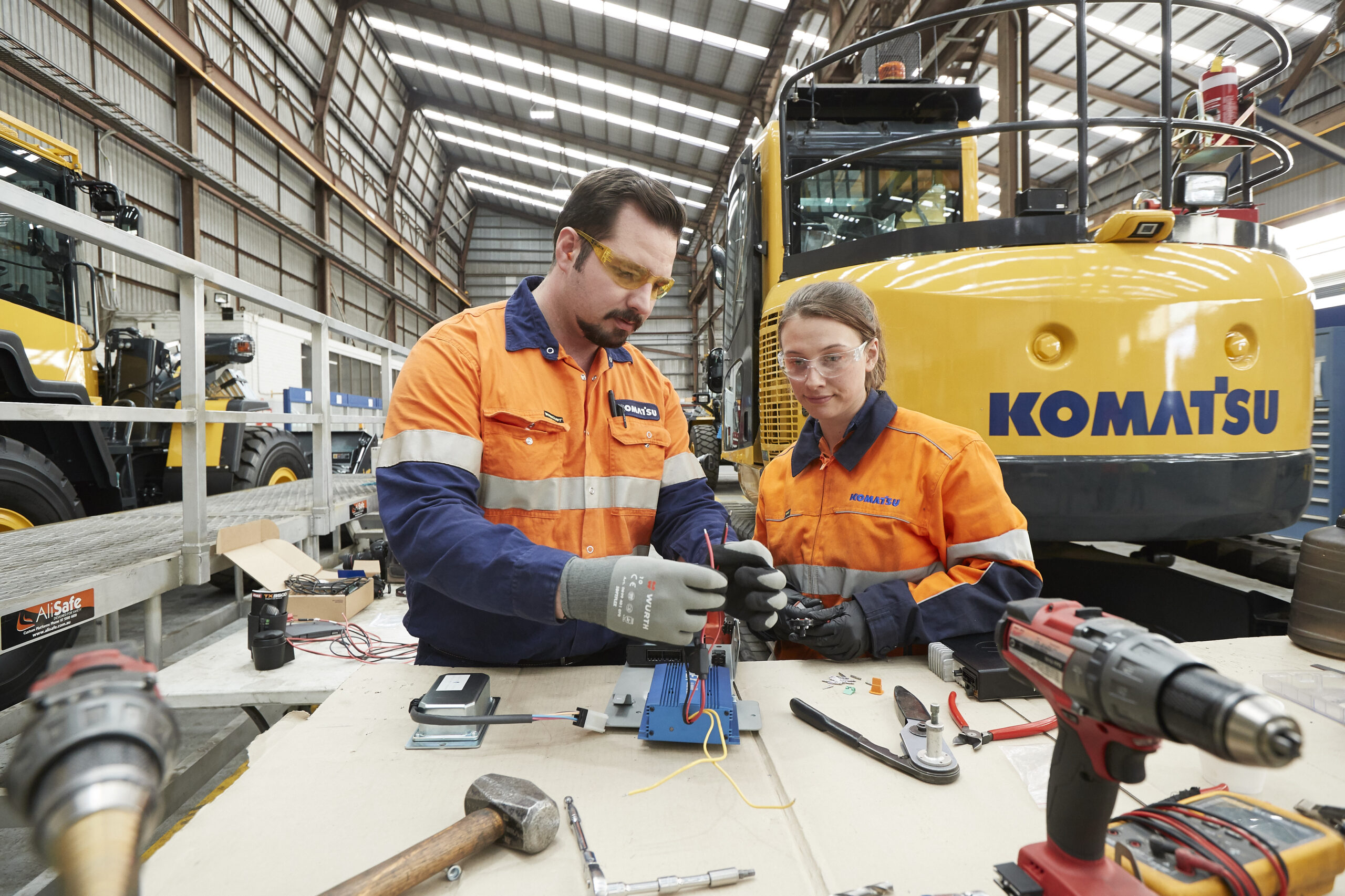By David Jenkins
Sea levels are rising across the Pacific, and the trend will likely accelerate in the coming decades. This presents a major infrastructure challenge to the coastal areas of New Zealand and Australia.
In NZ, the National Institute of Water and Atmospheric Research (NIWA) has said that sea levels will rise 5-10% more than the global average forecast by the Intergovernmental Panel on Climate Change (IPCC).
At NZ SeaRise, Tim Naish – a professor at Wellington’s Victoria University – believes NZ sea levels could rise by close to one metre because the land is also sinking as the sea rises.
In Australia, geospatial consultancy NGIS believes the seas will rise by up to 30 centimetres by 2050.
If they rise by 750 centimetres, as could happen by the turn of the next century, popular beaches such as St Kilda and Brighton in Melbourne, the Gold Coast and Perth’s iconic Cottesloe Beach could be at risk.
Already, some South Pacific nations—particularly low-lying Tuvalu—are preparing for scenarios in which rising sea levels present an even more serious and existential threat.
Some areas are already seeing the impact of rising sea levels. In June, swelling seas and a bursting river forced more than 100 residents from their homes as a storm pelted the east coast of the North Island in the Hawke’s Bay region of NZ.
In Australia, the price of insurance for properties in low-lying areas is increasingly out of reach.
On the East Coast, ABC recently quoted the example of a Newcastle resident who had seen her home and contents insurance spike by $14,500.
This was in the wake of significant flooding in 2022, which caused A$7.4 billion in insurance claims.
These forecasts for the future insert some urgency into the infrastructure planning in coastal areas and mean that hard decisions must be made if our coastal regions are to be resilient in the face of rising seas.
It also requires infrastructure decisions that take a long-term view. It would be a waste of funds and resources to make short-term decisions on infrastructure that might literally be swamped within two or three decades.
Those decisions also need to consider changing demographics.

Some areas will no longer be habitable, so planners must recognise this and make sound alternative choices about which areas are sustainable for people to live in. NZ is already making these assessments after the devastating floods of 2022.
The type of infrastructure we chose for our coastal regions will also be necessary.
We have previously covered the growing movement to use natural assets in an integrated response to infrastructure challenges. In some cases, these may be appropriate for improving coastal resilience.
Hard-engineered defences such as seawalls, groynes and breakwaters might be complemented or even replaced by infrastructure built around natural solutions.
The town of Gibsons in Canada is an often-quoted example of how this might work.
Canada’s Natural Assets Initiative developed and tested a Coastal Toolbox model to understand how enhancing natural assets such as subtidal eelgrass, coastal vegetation, and beach sediments could reduce the impact of floods and erosion.
The project was evaluated, and the results suggested that using these natural assets could reduce the erosion vulnerability of Gibsons’ beaches.
While they were effective against wave energy and water run-up, they had limited benefits in minimising storm impact.
This would suggest that a hybrid approach might be considered, with traditional hard assets combined with natural assets in a whole systems approach.
The project was also useful in that it invested in a methodology, the Coastal Toolbox, which can be replicated and used to model the infrastructure response in other coastal regions.
Infrastructure planners are using new terminologies in their frameworks for nature-based solutions.
Grey infrastructure, such as breakwaters, can complement green infrastructure, which enhances assets with natural features.
With sea levels rising year on year, our infrastructure response is becoming increasingly urgent.
The positive news is that if we start planning now and take a whole-systems approach, we can boost the resilience of our coastal areas and minimise the risk and damage to our communities.














